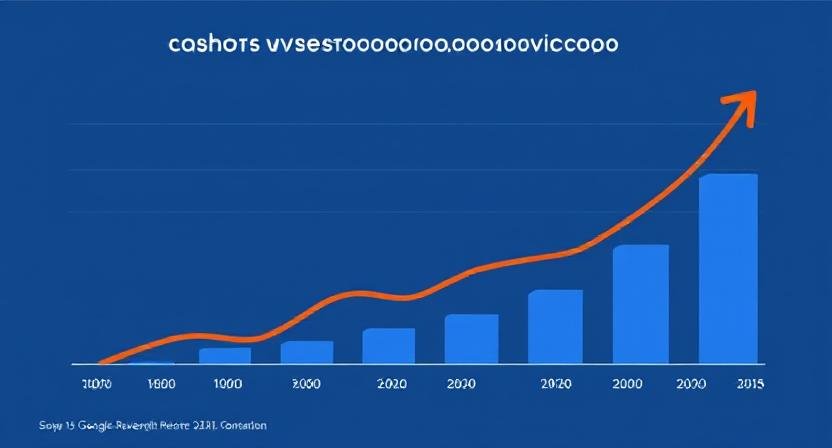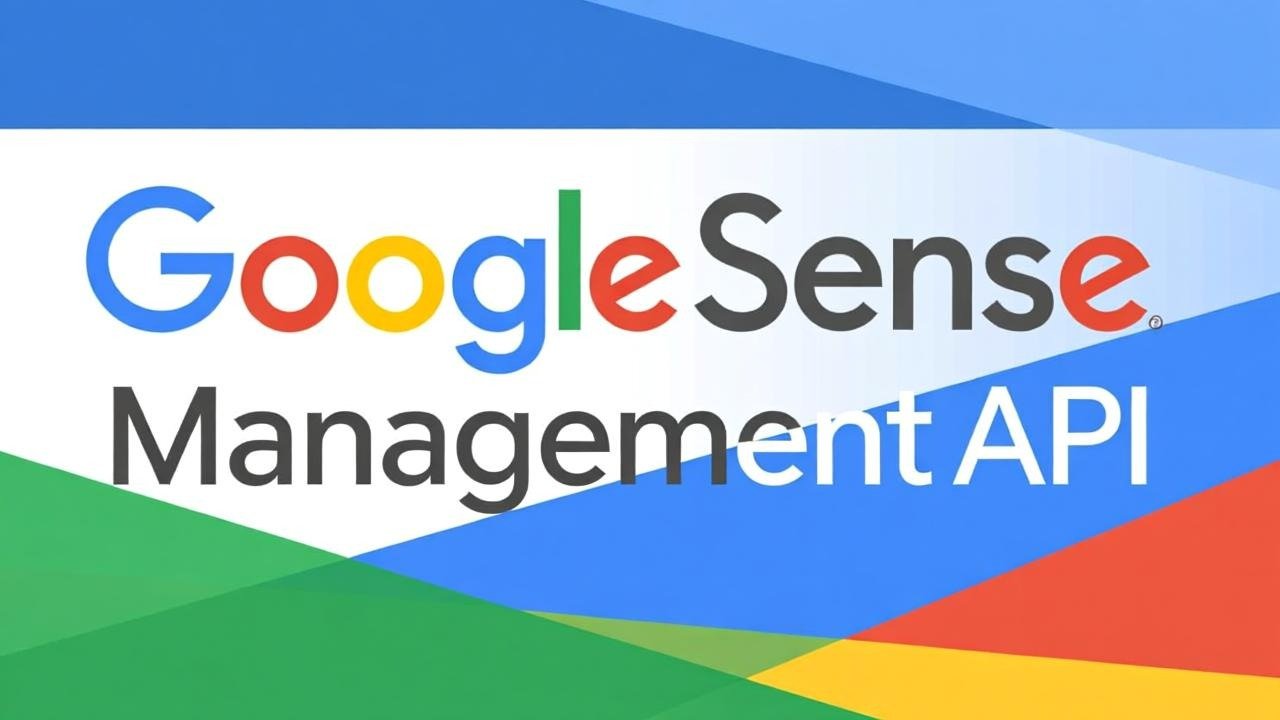Monetizing websites through Google AdSense is a widely adopted strategy for publishers worldwide. A critical metric that determines your success with AdSense is RPM or Revenue Per Mille, which represents the revenue earned per 1000 visitors or pageviews. Understanding RPM is essential for publishers seeking to optimize their earnings efficiently.
This comprehensive guide explains what RPM means in the context of AdSense, how it is calculated, factors influencing RPM, and actionable ways to improve your AdSense RPM in 2025.
What Is RPM in AdSense?
RPM stands for Revenue Per Mille, derived from the Latin word “mille,” meaning thousand. In the online advertising world, RPM indicates how much revenue a publisher generates for every 1000 pageviews or visitors where ads are served.
The formula used to calculate RPM is:
RPM=(Estimated EarningsPageviews)×1000
For example, if your website earns $50 in a month with 25,000 pageviews, your RPM is:
(5025000)×1000=$2
This number provides a standardized way to measure and compare income performance across websites of varying traffic volumes.
Why RPM Matters for Publishers
RPM is a critical performance metric because it reflects the overall monetization effectiveness of your website. Unlike simple earnings, RPM factors in traffic volume to gauge revenue efficiency. High RPM means you’re earning more money each time 1000 visitors engage with your site’s ads.
Understanding RPM allows you to:
-
Evaluate ad performance relative to traffic
-
Identify opportunities to increase revenue without necessarily increasing traffic
-
Benchmark your site against industry standards
-
Make data-driven decisions about content, design, and ad strategies
How Is RPM Different from CPM?
While Revenue Per Mille (RPM) measures revenue per 1000 pageviews, CPM (Cost Per Mille) refers to the cost advertisers pay per 1000 ad impressions. Essentially, CPM is from the advertiser’s perspective, while RPM is from the publisher’s perspective.
RPM takes into account actual clicks and conversions that generate revenue, making it a more relevant metric for publishers focusing on income rather than impressions alone.
Factors Influencing AdSense RPM
Many factors impact RPM, including:
1. Traffic Quality and Geography
Visitors from countries with high advertiser spending (such as the USA, UK, Canada, Germany) yield higher RPMs due to more competitive CPC rates.
2. Content Niche
High-value niches like finance, insurance, technology, and health attract premium ads with higher CPC, boosting RPM. General or entertainment niches typically have lower RPM.
3. Ad Placement and Formats
Strategic ad placement (above the fold, in-content, responsive ads) and formats (native, display, video) improve ad viewability and click rates, increasing RPM.
4. Website Speed and User Experience
Fast-loading sites with clear navigation reduce bounce rates, increase session times, and improve ad viewability, leading to better RPM.
5. Seasonality
Advertiser demand fluctuates during holiday seasons and annual sales events, impacting RPM.
How to Calculate and Track Your RPM
Besides the formula, most publishers track RPM via Google AdSense reports dashboard, which provides detailed insights into earnings, pageviews, CTR, and RPM trends.
Regular RPM tracking helps monitor the impact of any changes you make to site layout, content strategy, or ad optimization.
Tips to Improve Your AdSense RPM in 2025
-
Focus on High-CPC Niches: Target topics with strong advertiser demand.
-
Optimize for Mobile: Ensure your site and ads are mobile-friendly, maximizing mobile user monetization.
-
Experiment with Ad Placements: Test different ad locations and formats for higher engagement.
-
Improve Content Quality: Engaging content increases user session duration and ad impressions.
-
Speed Up Your Website: Use caching, compression, and CDNs to boost page load times.
-
Target High-Value Geographic Audiences: Use SEO and marketing to attract traffic from regions with higher advertiser bids.
-
Leverage Seasonal Content: Align content with holidays and events to capitalize on peak advertiser spend.
Read More: Boost Your AdSense Earnings Per 1000 Visitors with These Proven Tips in 2025
Conclusion
RPM or Revenue Per Mille is a foundational metric for any publisher using Google AdSense to monetize their website. By understanding what RPM means, how it’s calculated, and the factors that influence it, publishers can take concrete steps to increase their revenue per 1000 visitors effectively.
Monitoring RPM regularly and applying proven optimization strategies ensures that you maximize your AdSense earnings sustainably in 2025.
For official detailed information on RPM and AdSense best practices, visit Google’s AdSense Help Center.











1 thought on “Understanding RPM: Revenue Per Mille for AdSense Per 1000 Visitors in 2025”